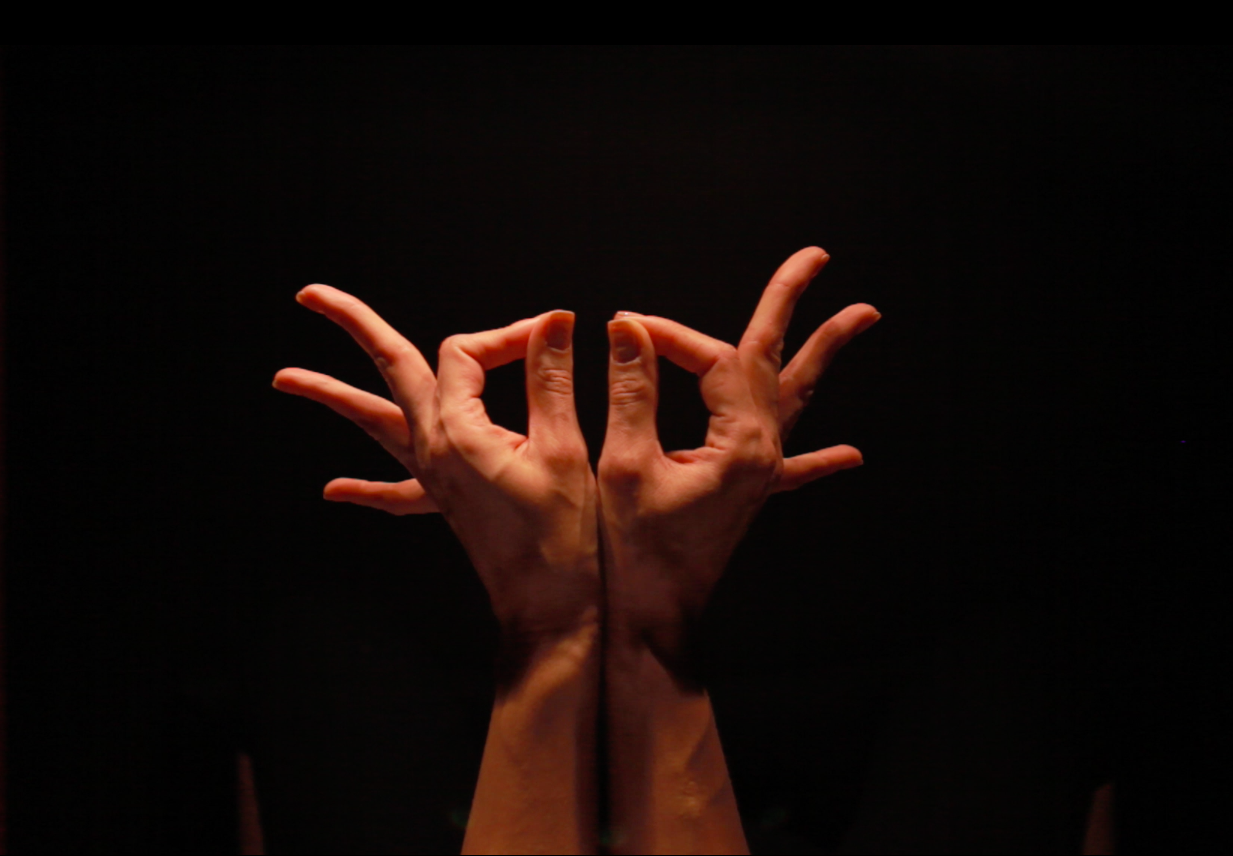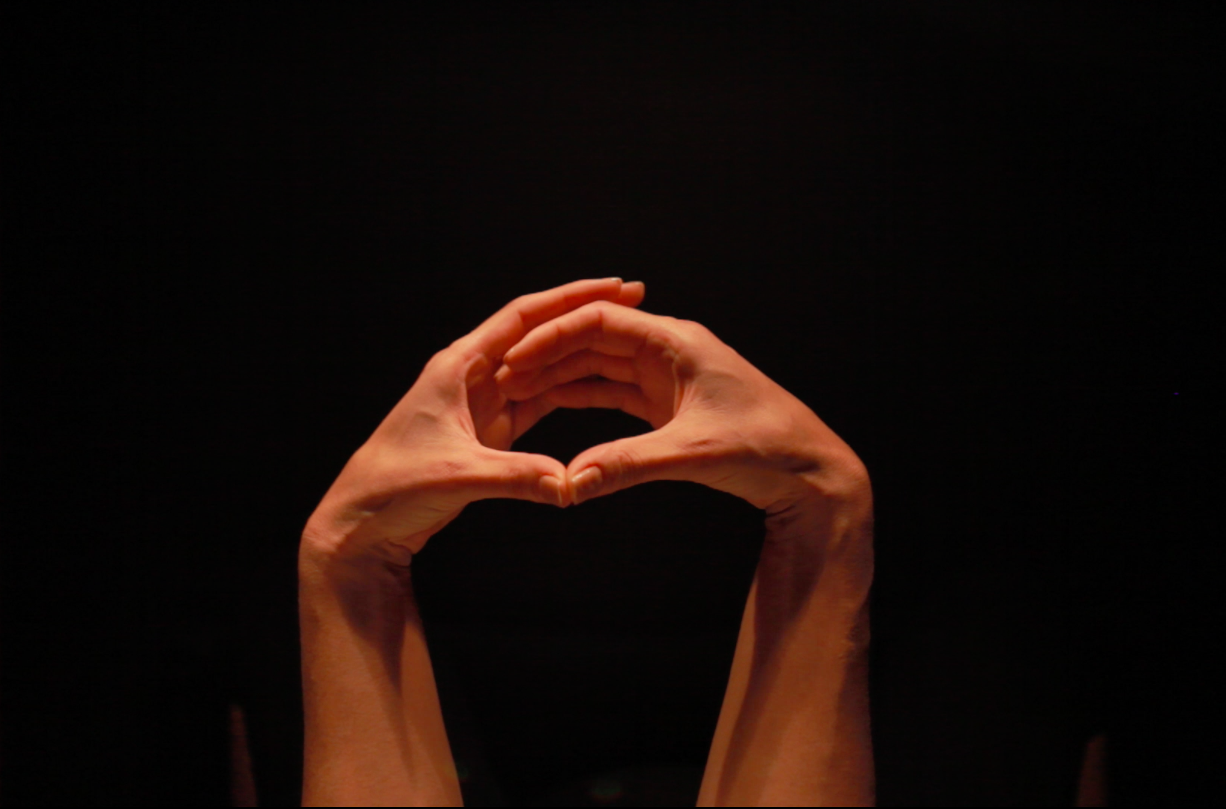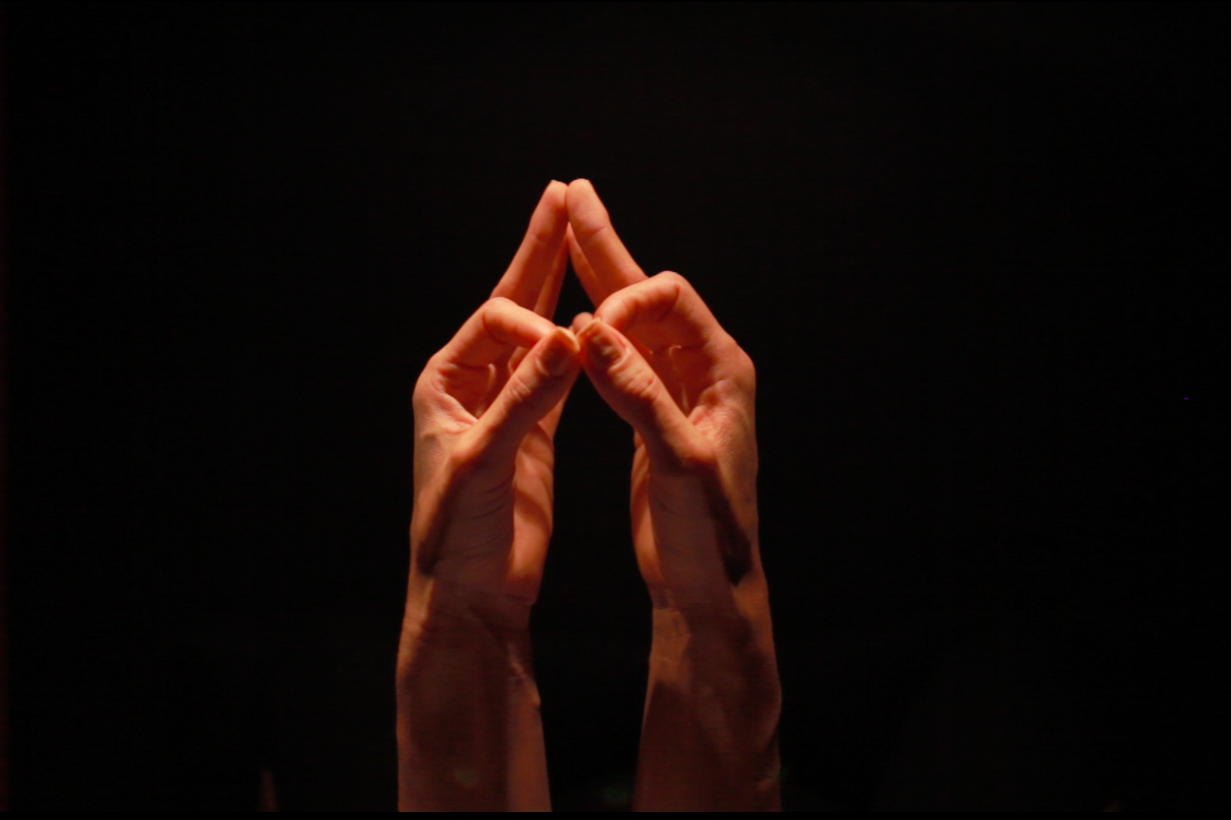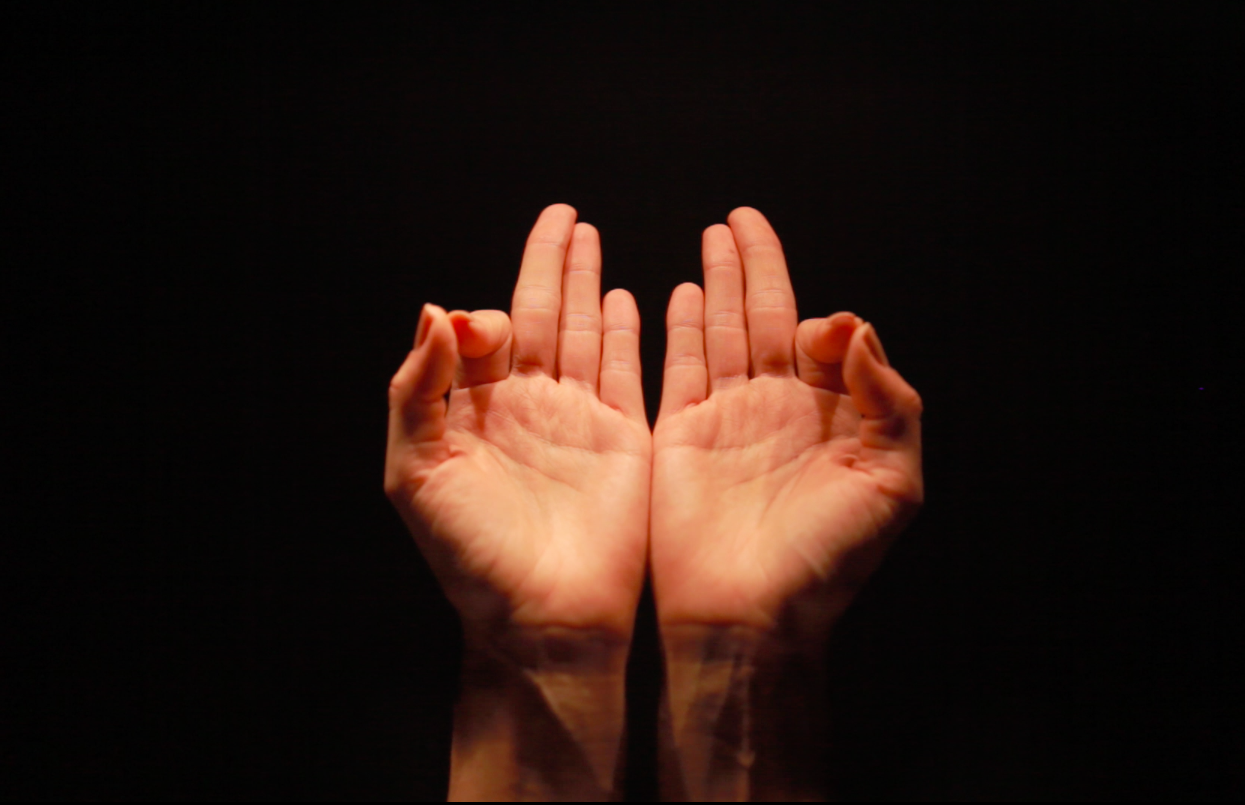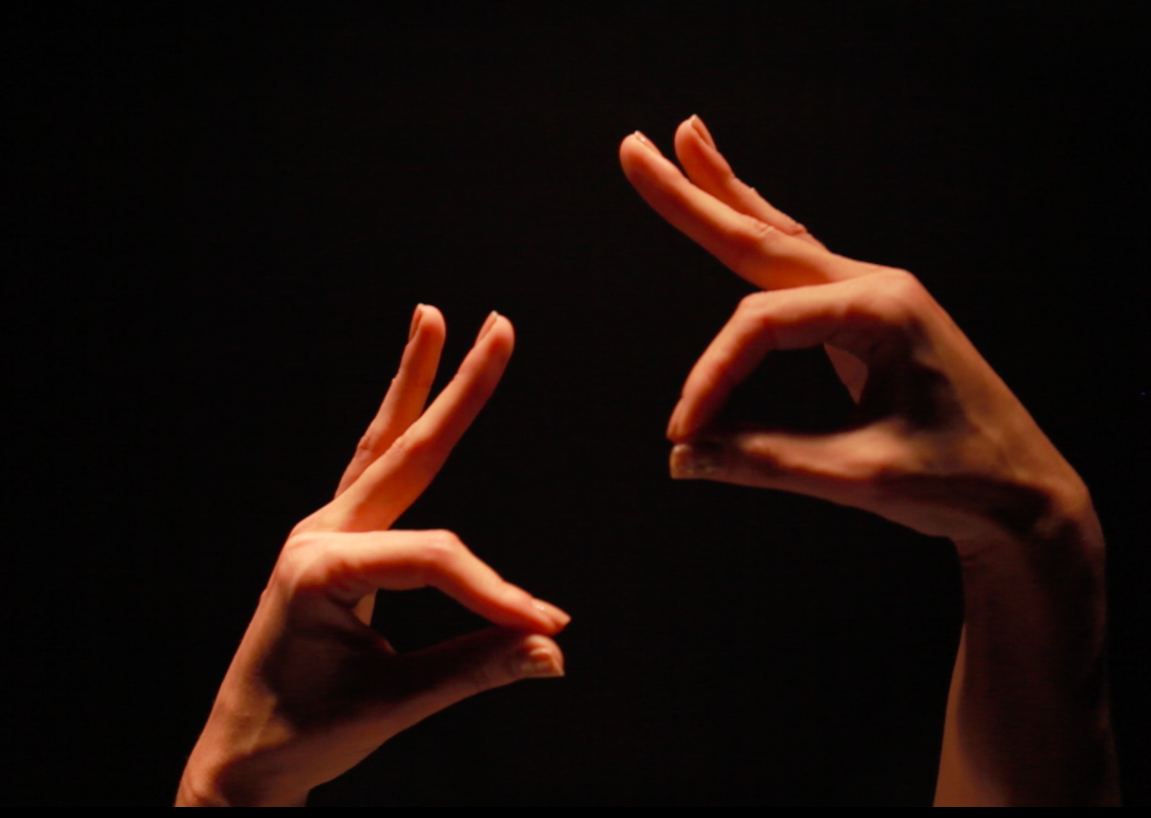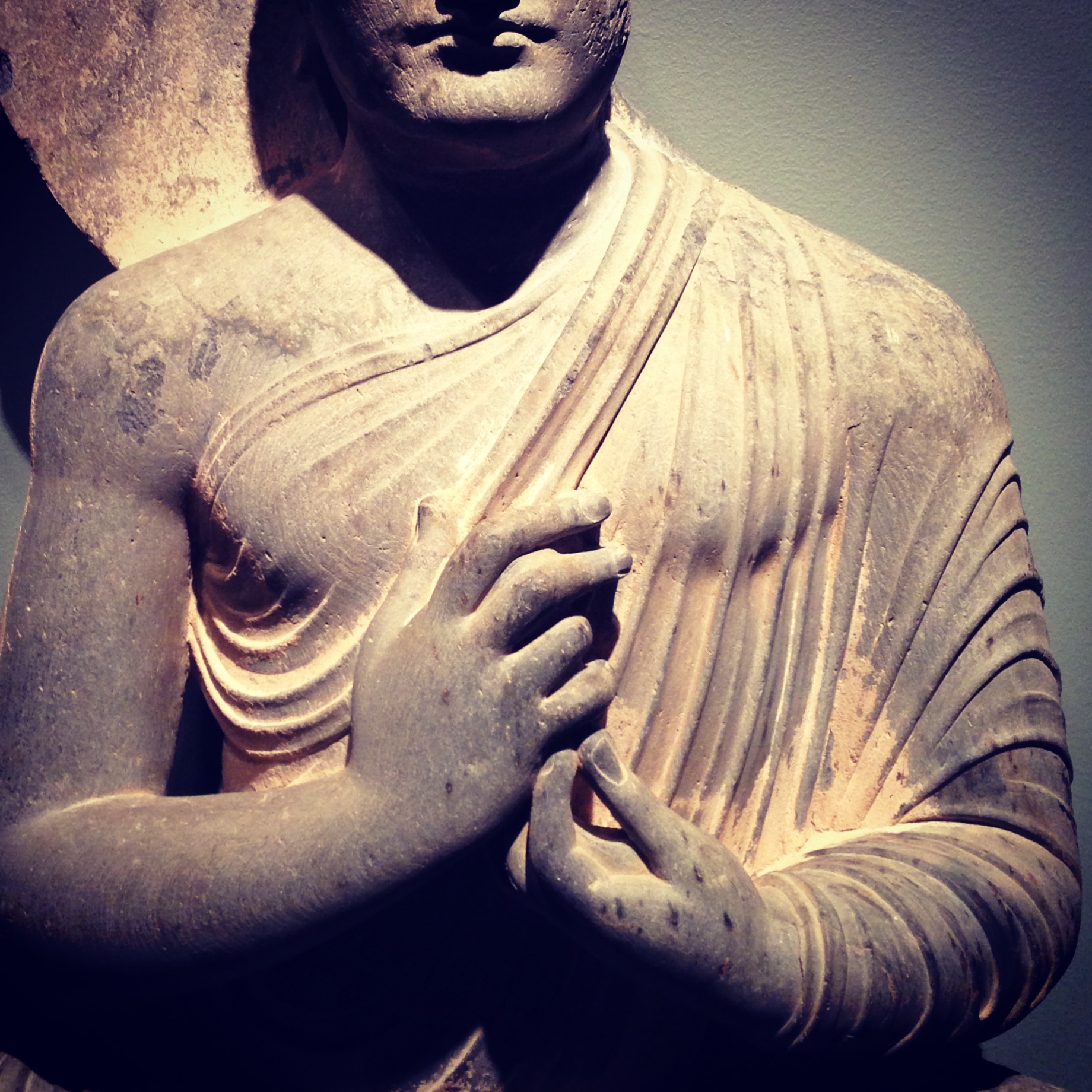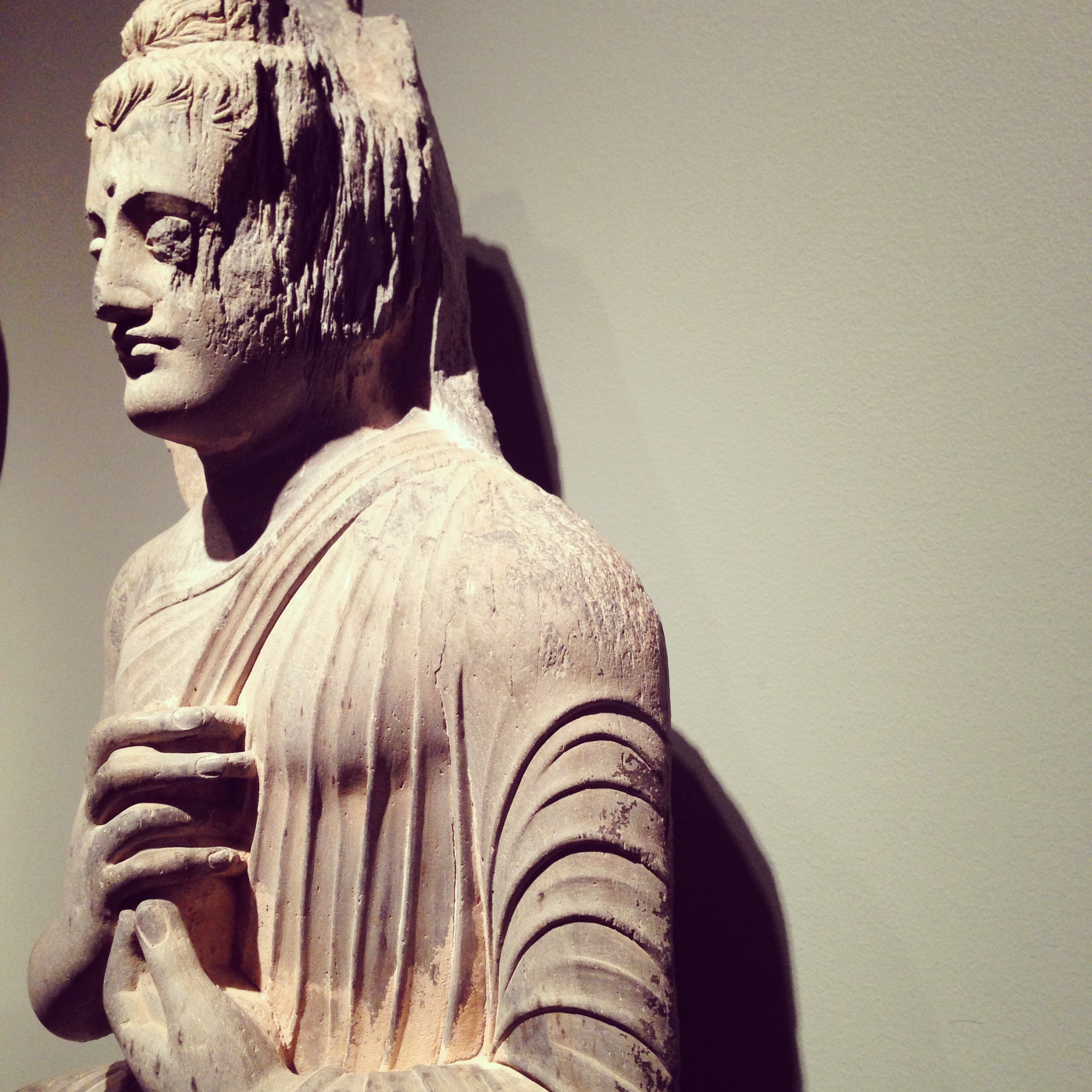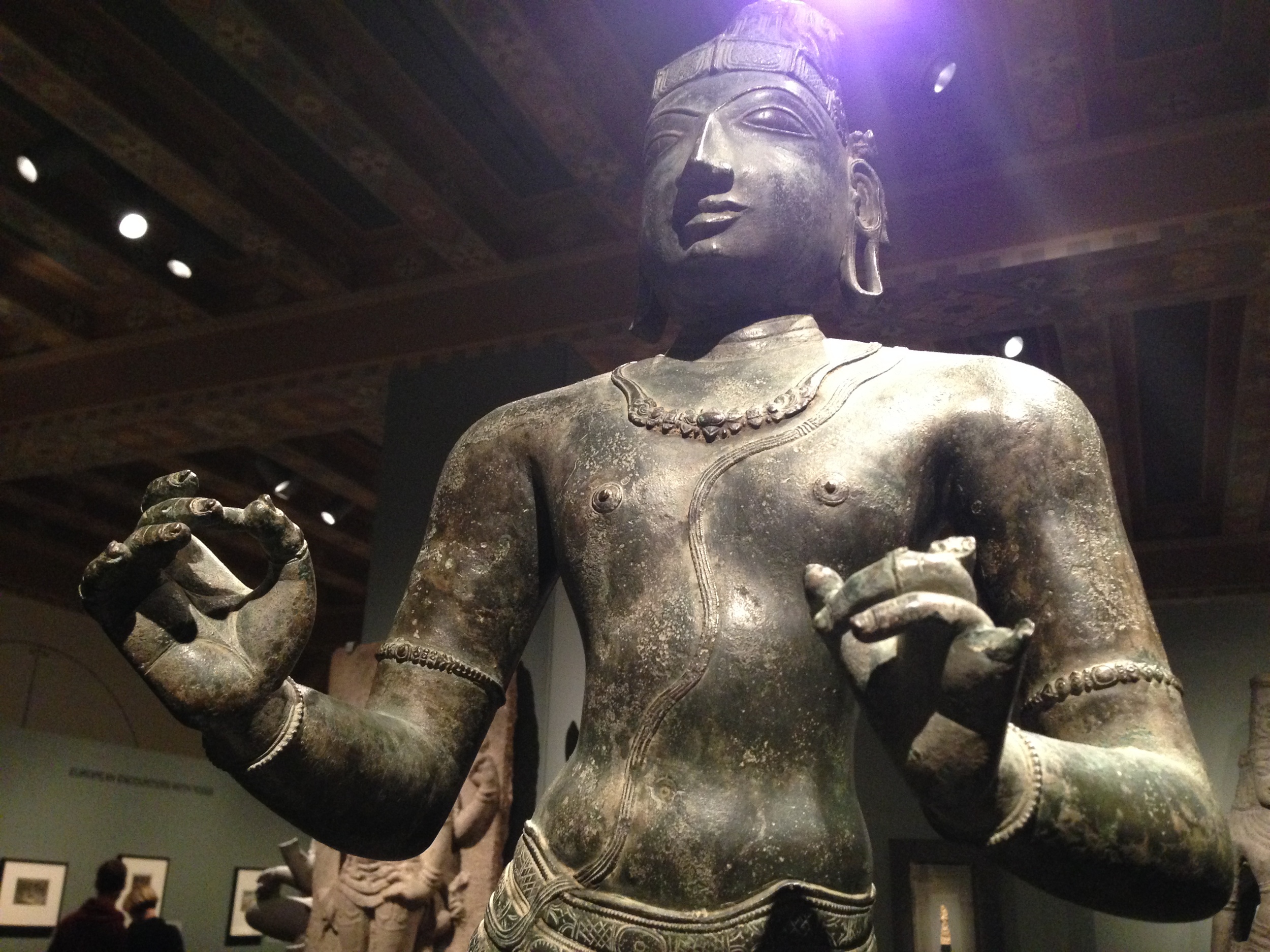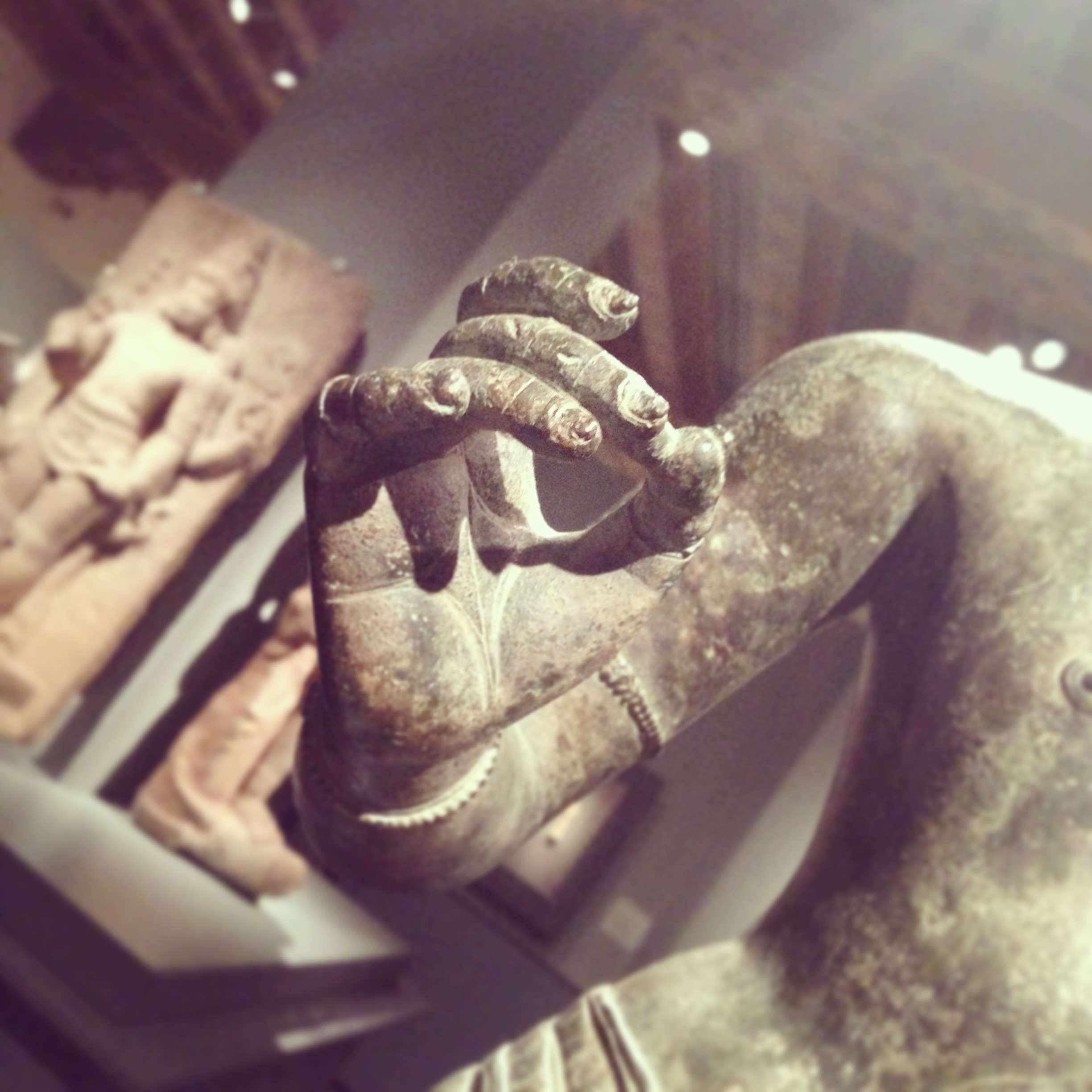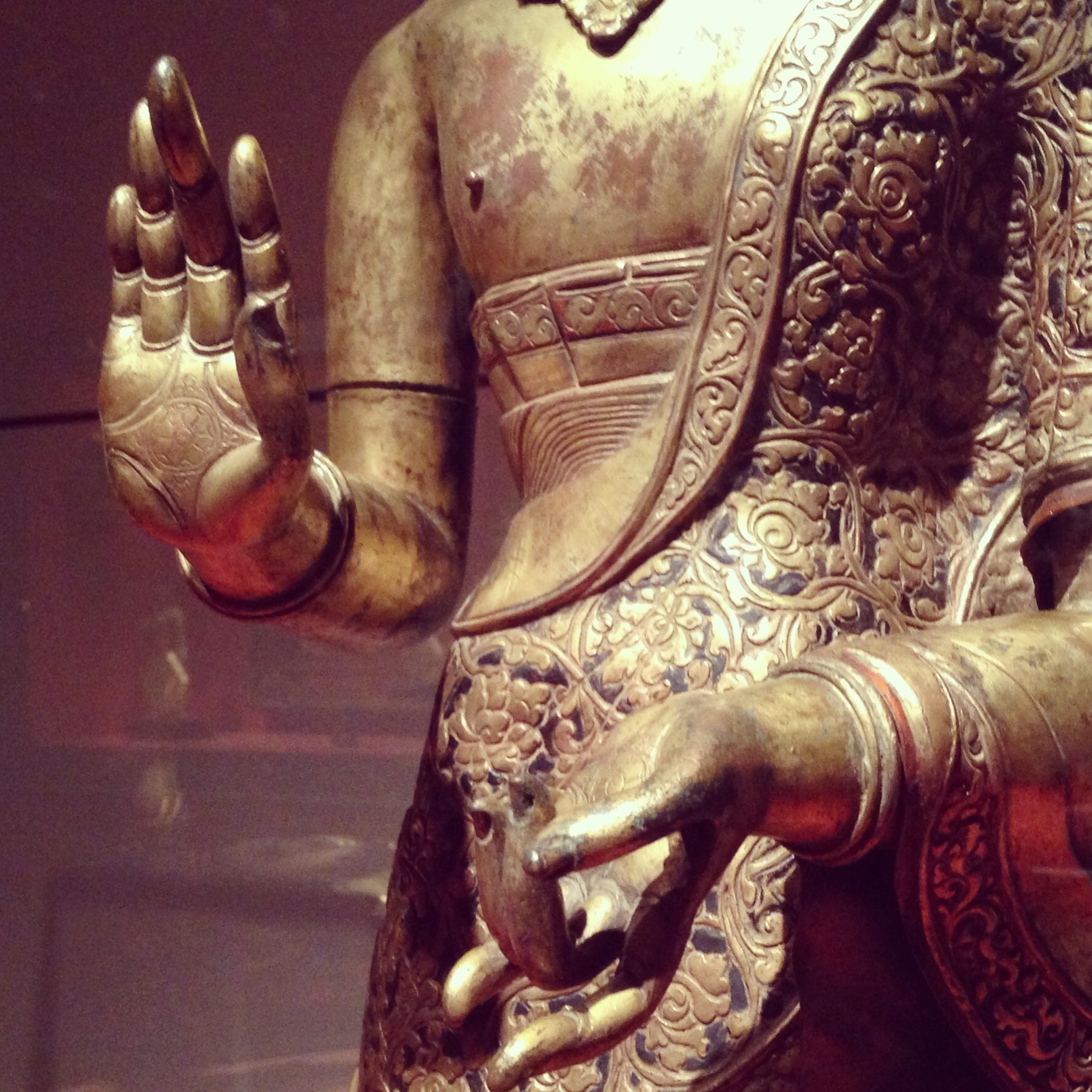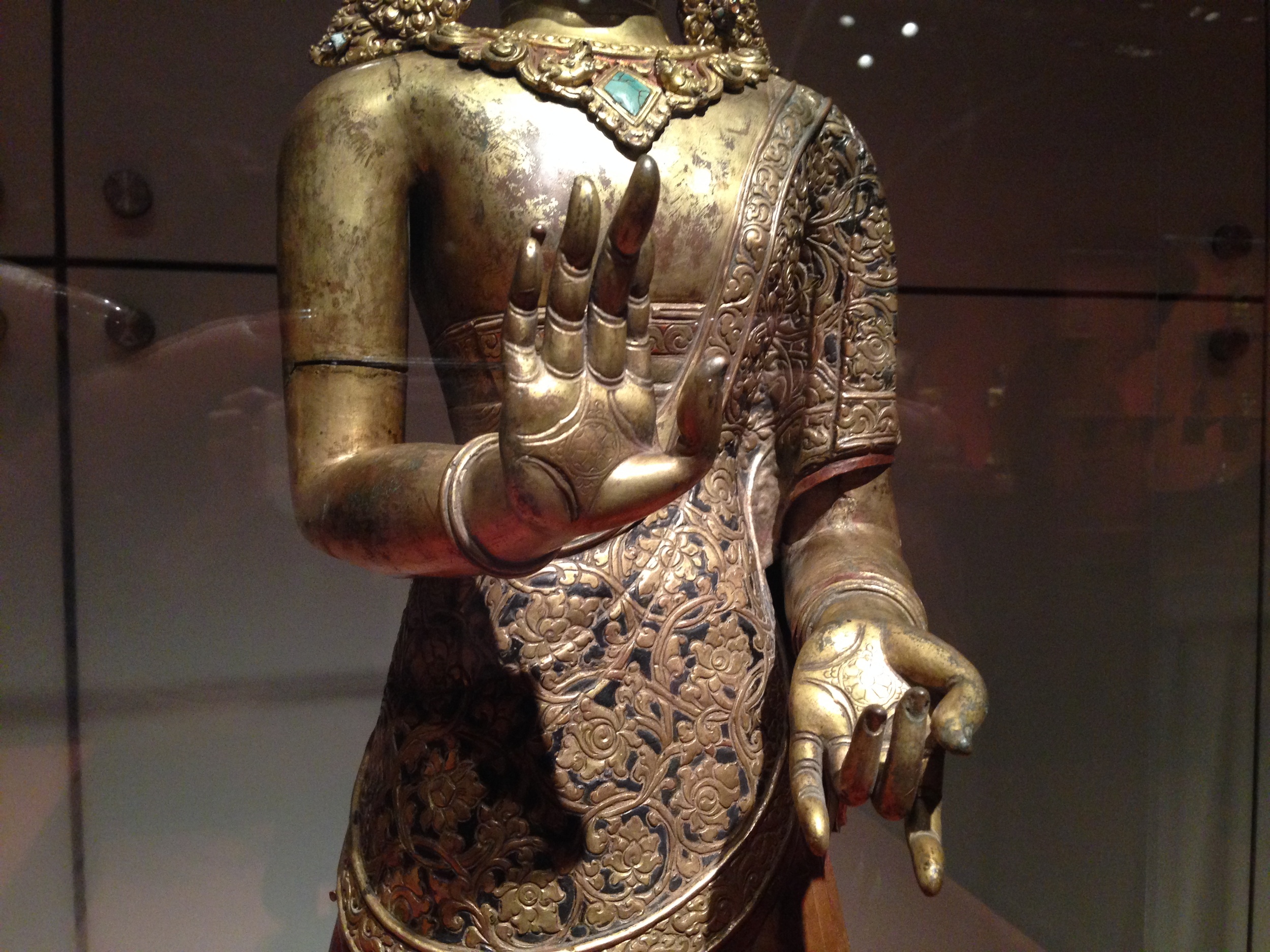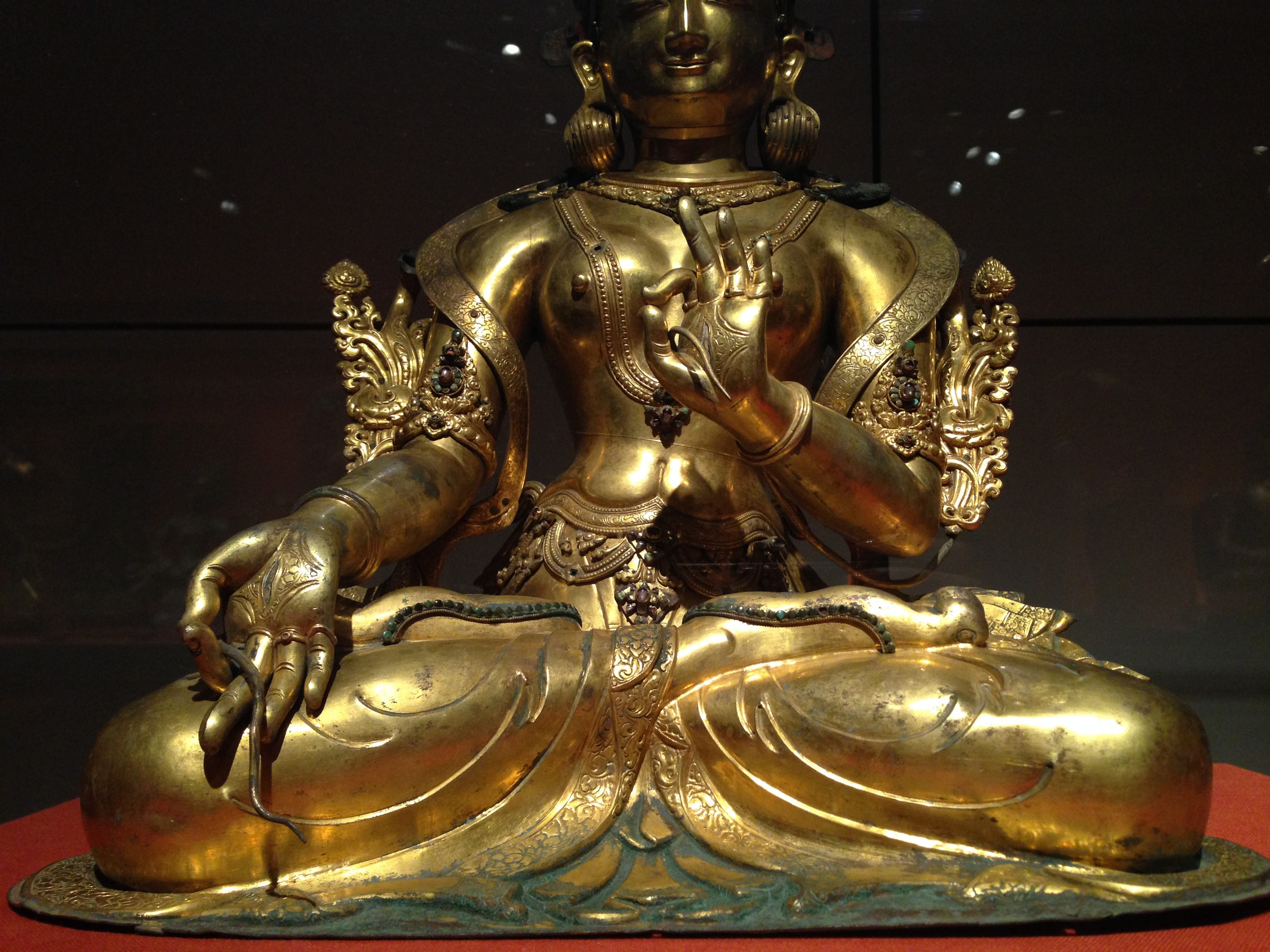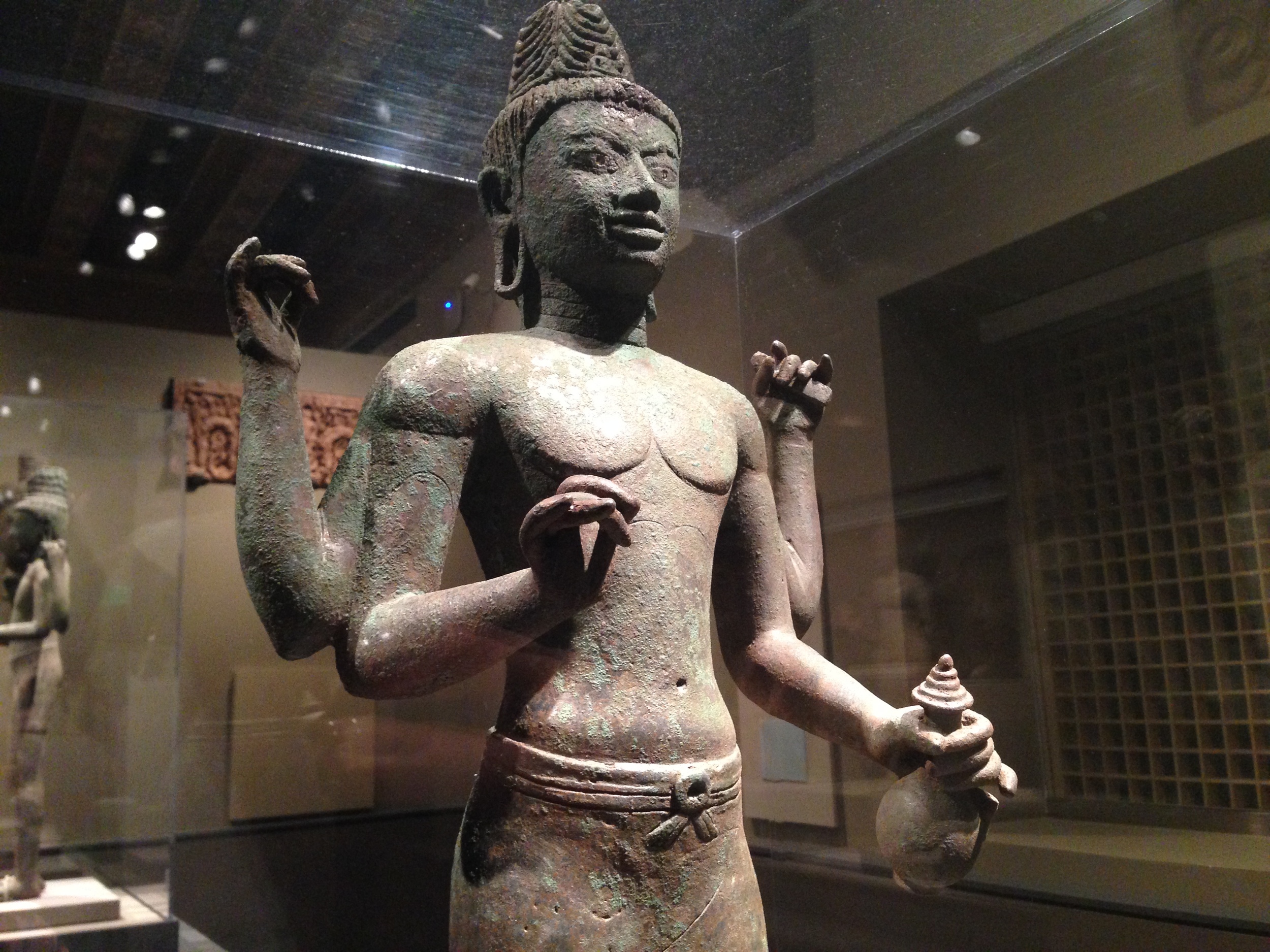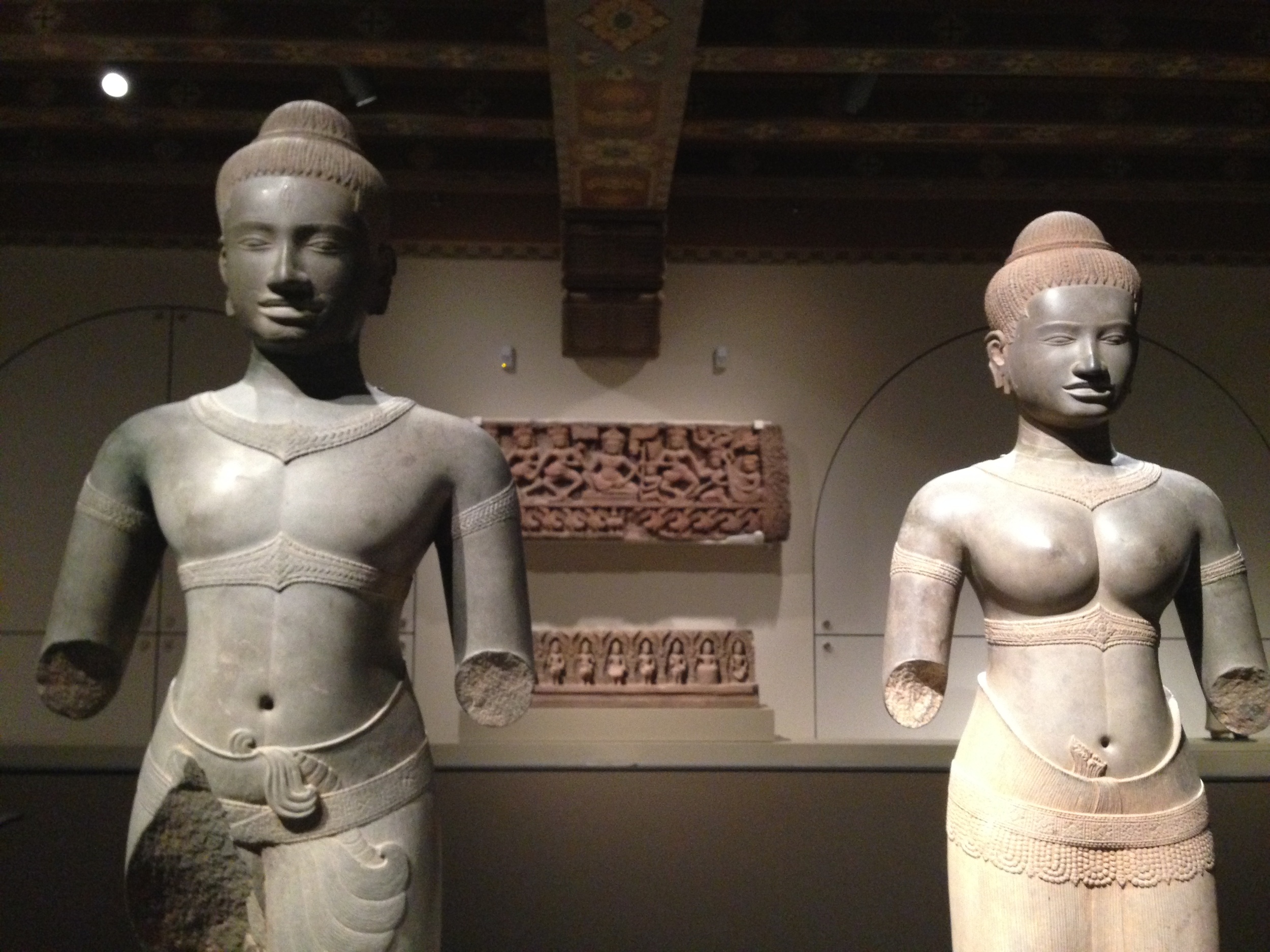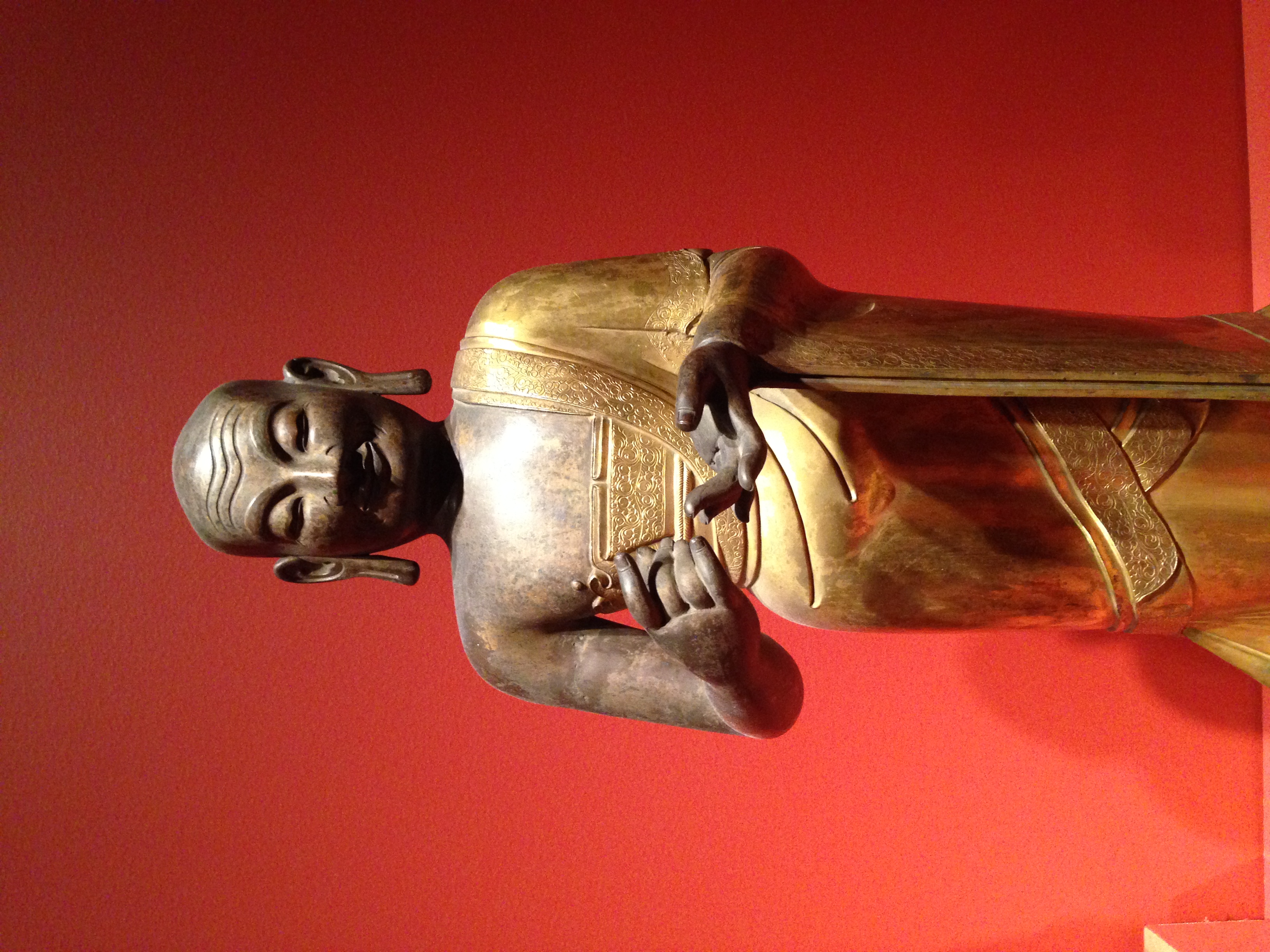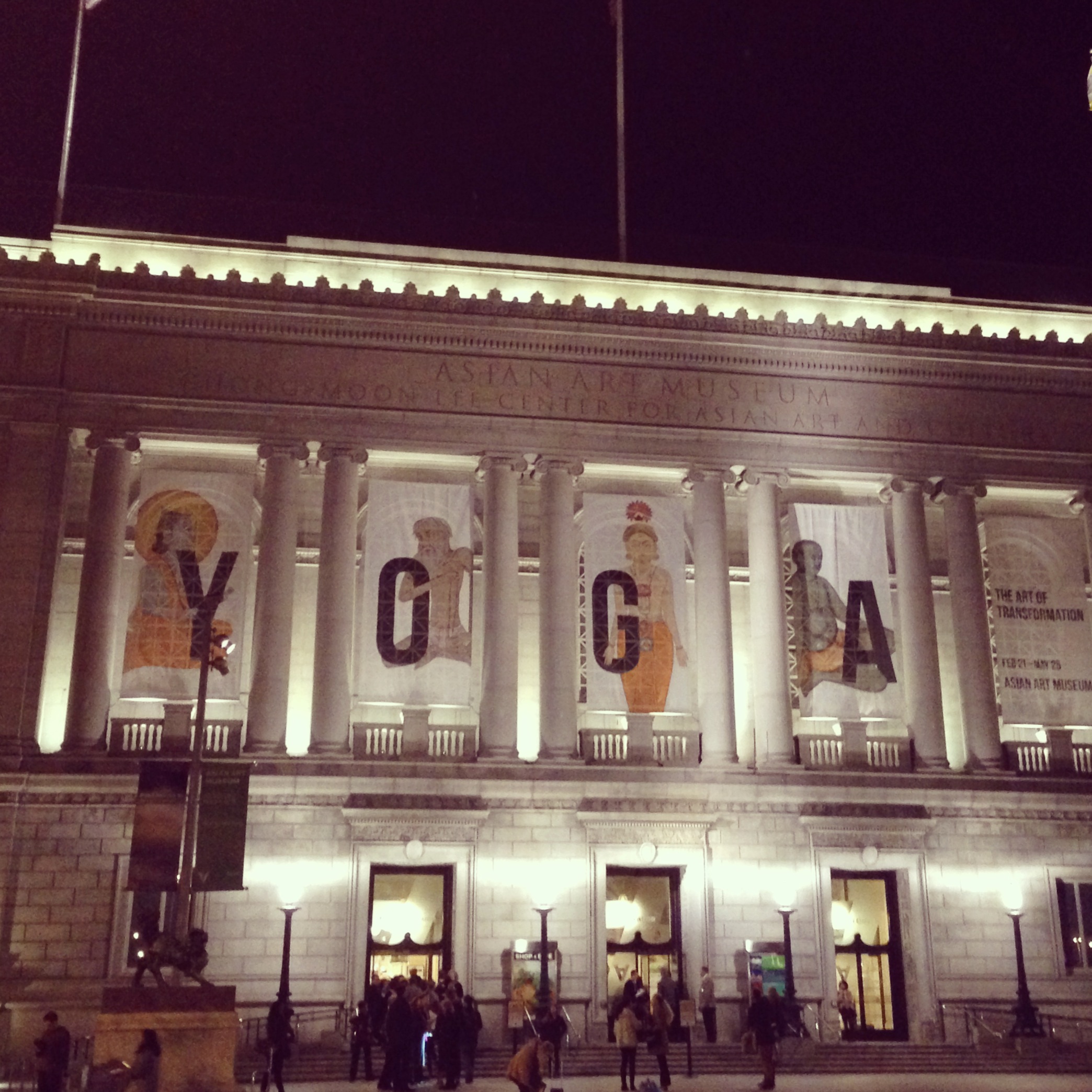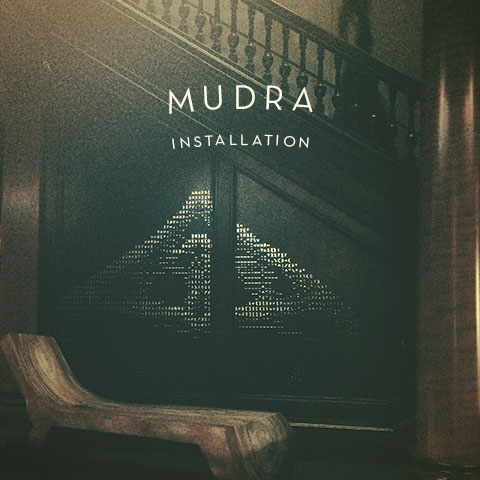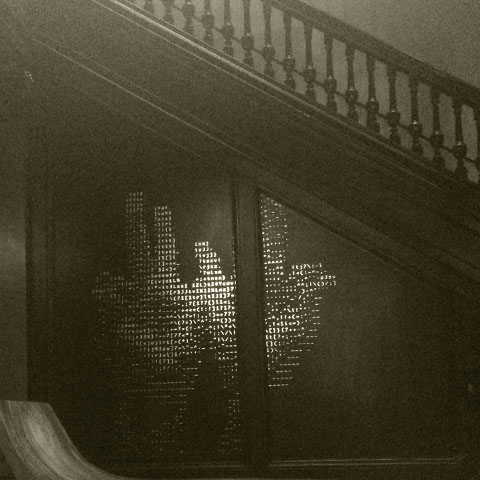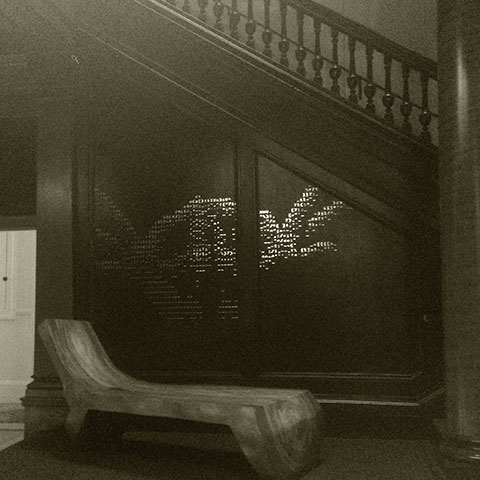MUDRA
Hands are our vehicle to manifest consciousness. With them we bring our care and our creations to life. Caressing the texture of the invisible, creating a melody with gestures; they are our instrument for sensing and expressing our inner landscapes.
Mudras are an ancient centering practice present across cultures, that represent a connection between body and mind. An enigmatic relationship between gesture and a subtle intention. An affirmation of what is already present. They are a universal symbol for the expansion of consciousness.
In this world where we barely attend any temple or church, but are 'hand-wired' to our devices, can we rethink our relationship with our hand gestures? If we can effectively engage our bodies and minds with yoga, meditation, breath and attention to our hands and fingers, then what is the relevancy of the mudras in our digital world, where apathy and social media addiction prevail?
In this video, Mari attempts to give the hands an elevated place, almost resembling an ancient pagoda or a cathedral. The intention of these gestures is to make the viewer rethink its relationship with its own temple: our hands and the creative power that lies within.
>> Can you rethink the way you hold your phone and engage with it more mindfully, as if doing a mudra, while you’re typing or checking your newsfeed? can you observe your mind by changing your hands posture? what effect does it have in your relationship with yourself and/ or technology?
* Video exhibited at EnlightenedArt?
curated by B.YOGA BASEL during Art Basel, June 2015 (Read more...)
A Mudra implies many meanings. These hand gestures are present in ancient world cultures; from Indian deities, to Buddhist paintings, Egyptian Hieroglyphs, early Christian art or various secret societies.
This spontaneous natural sentiment shows an expression of innate pristine awareness, where the subtle hand movements 'just come into existence'.
We can effectively engage and influence our body and our mind by bending, crossing, extending or touching our own fingers. The hand mudras are used in Yoga Asana to intensify the effect of the postures. "Kundalini Yoga assumes that every area of the hand forms a reflex zone for a certain part of the body and the brain. The hands as in other words, mirrors for our body-minds."
*creative direction and hand performance by Mari Sierra | film production by Mikyo Clark / editing by Carson L. Bowley | song by: Garth Stevenson
VISUAL ARCHAEOLOGY
We visited the Asian Art Museum for the 'Art of Transformation" Exhibition and found an amazing collection of original sacred sculptures from ancient asian cultures dating back to 1300 B.C. Their gestures resonated deeply with my mudra practice and inspired me to revisit the ancient embedded meaning they've had for centuries.
INSTALLATION
We installed a projected image of the mudras in movement. Hands were embedded with auto-generated programming code. A vivid juxtaposition of ancient and modern technologies.
CREATIVE PROCESS
This is piece is still in progress. We will continue to revisit its form, recreate new manifestations and compose new meaning around and through it. The hands in creation are our inspiration. The hypnotic feeling of its sacredness, it's what moves us. The application to gesture and wearable technology is what makes us wonder.
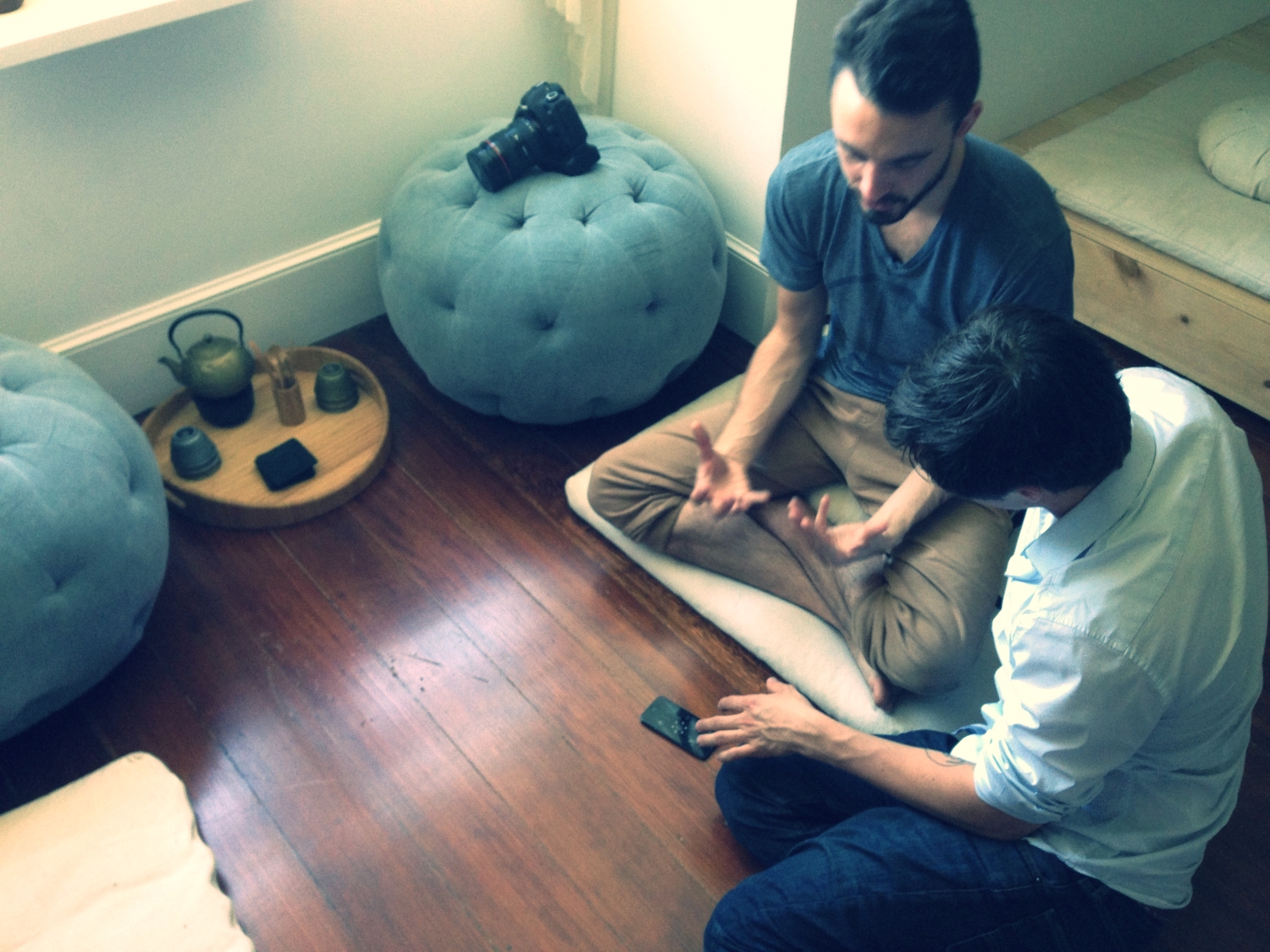
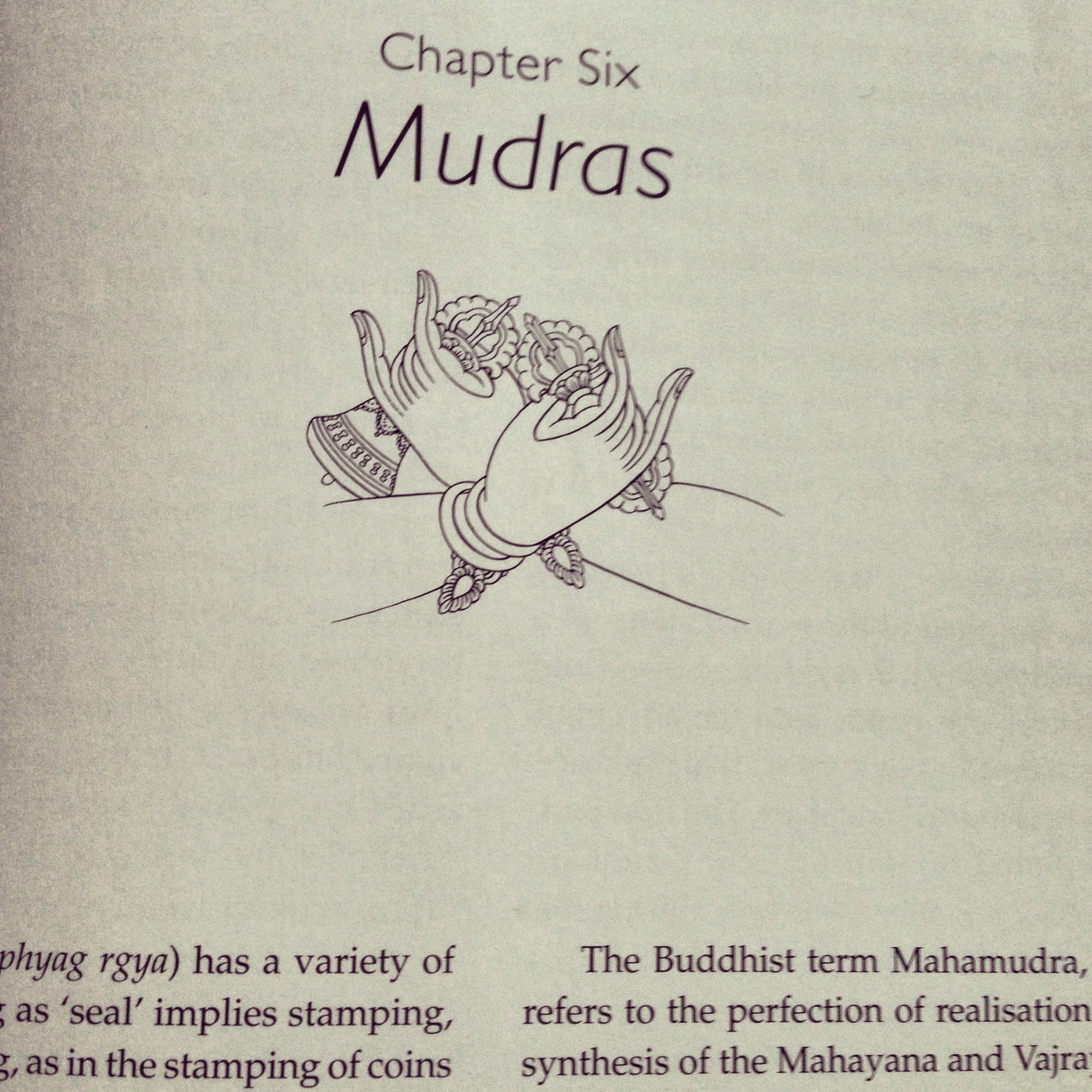
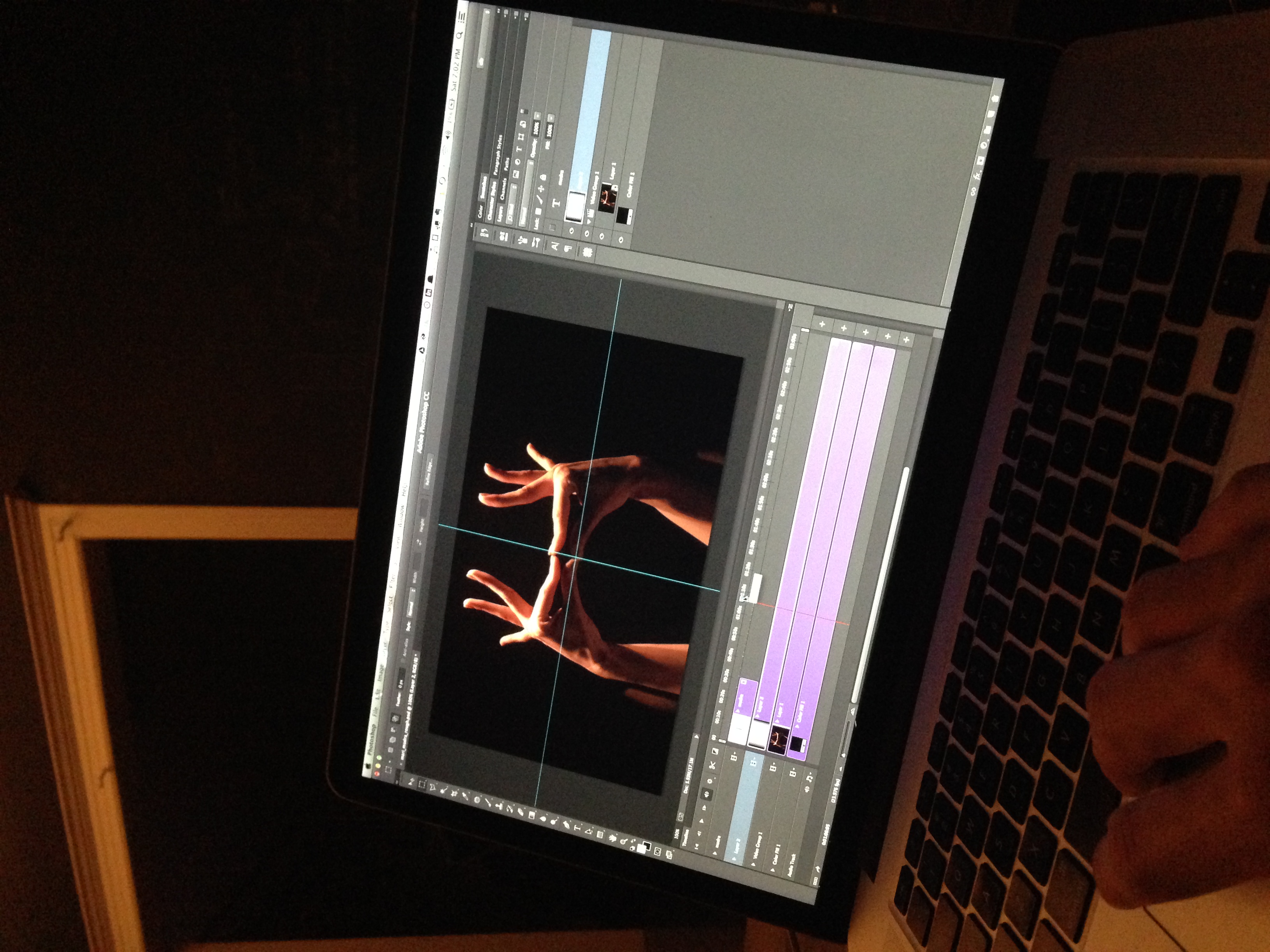
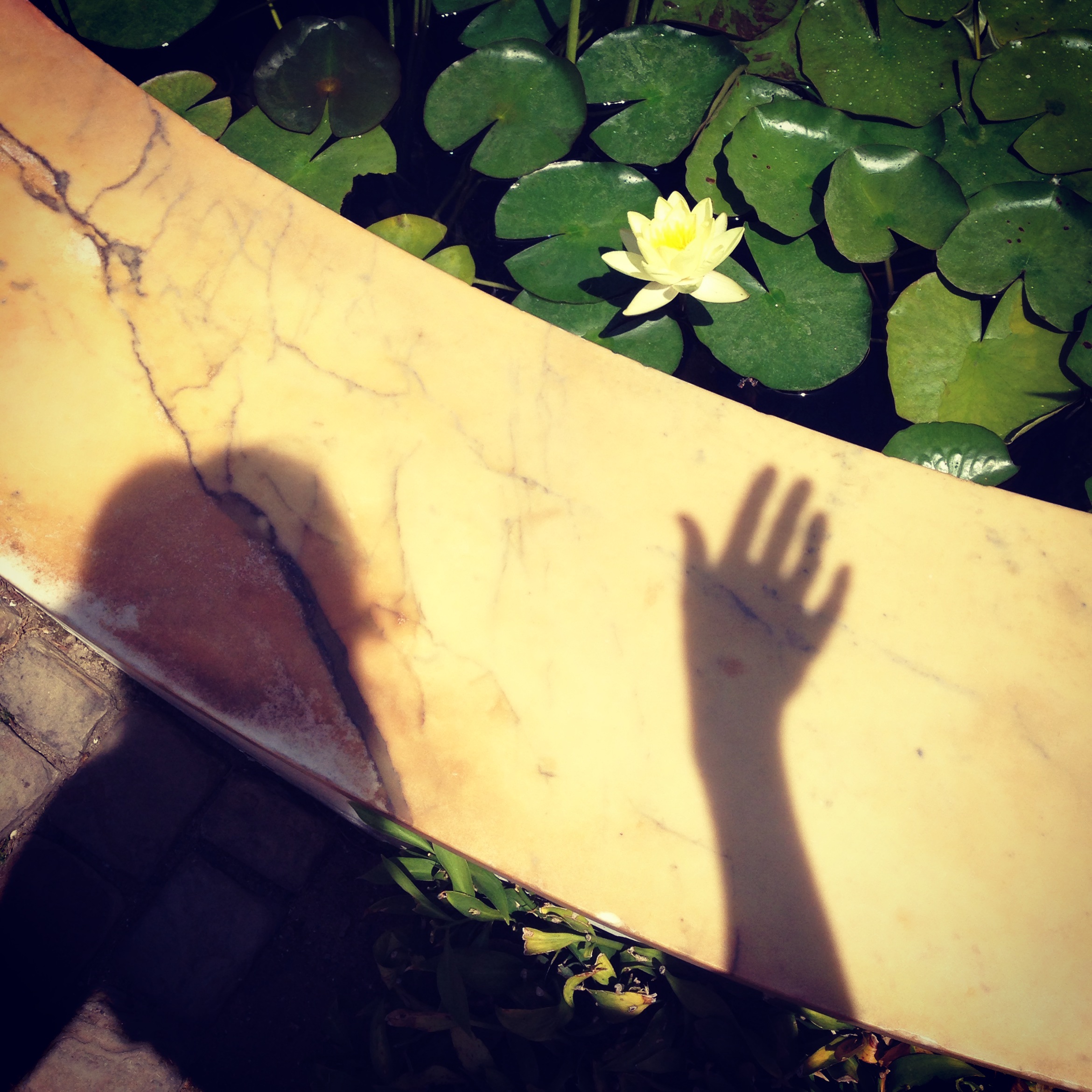
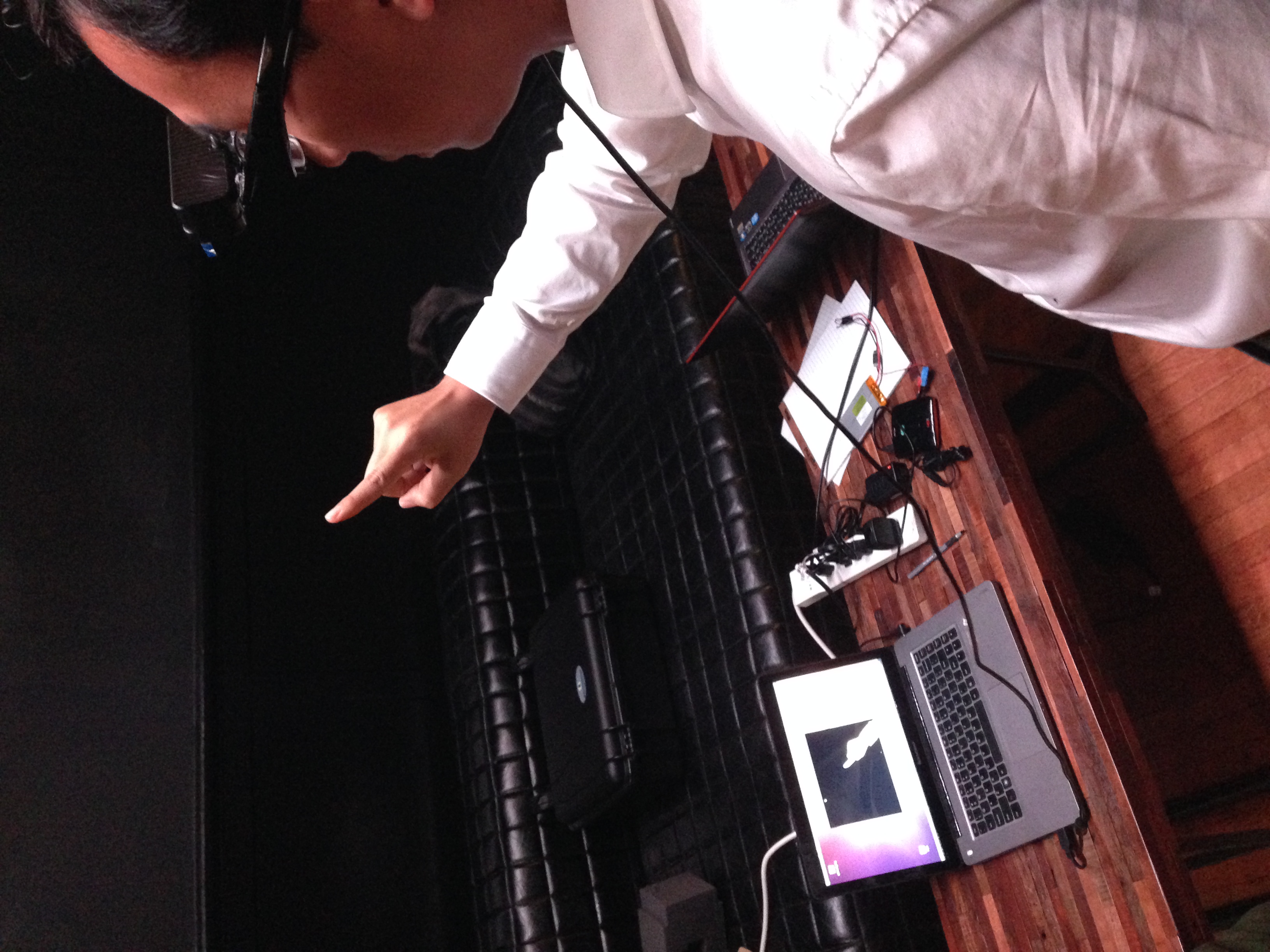

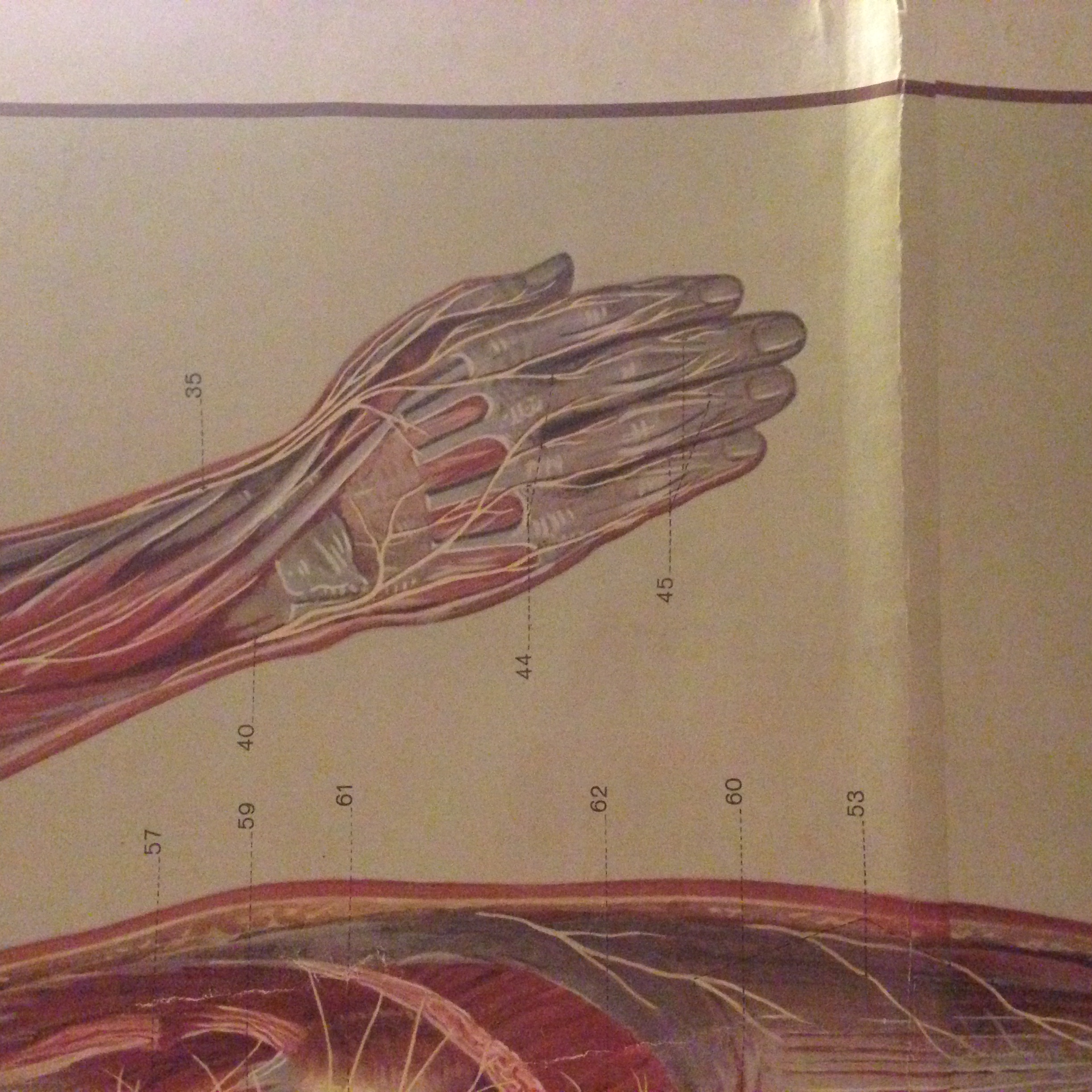


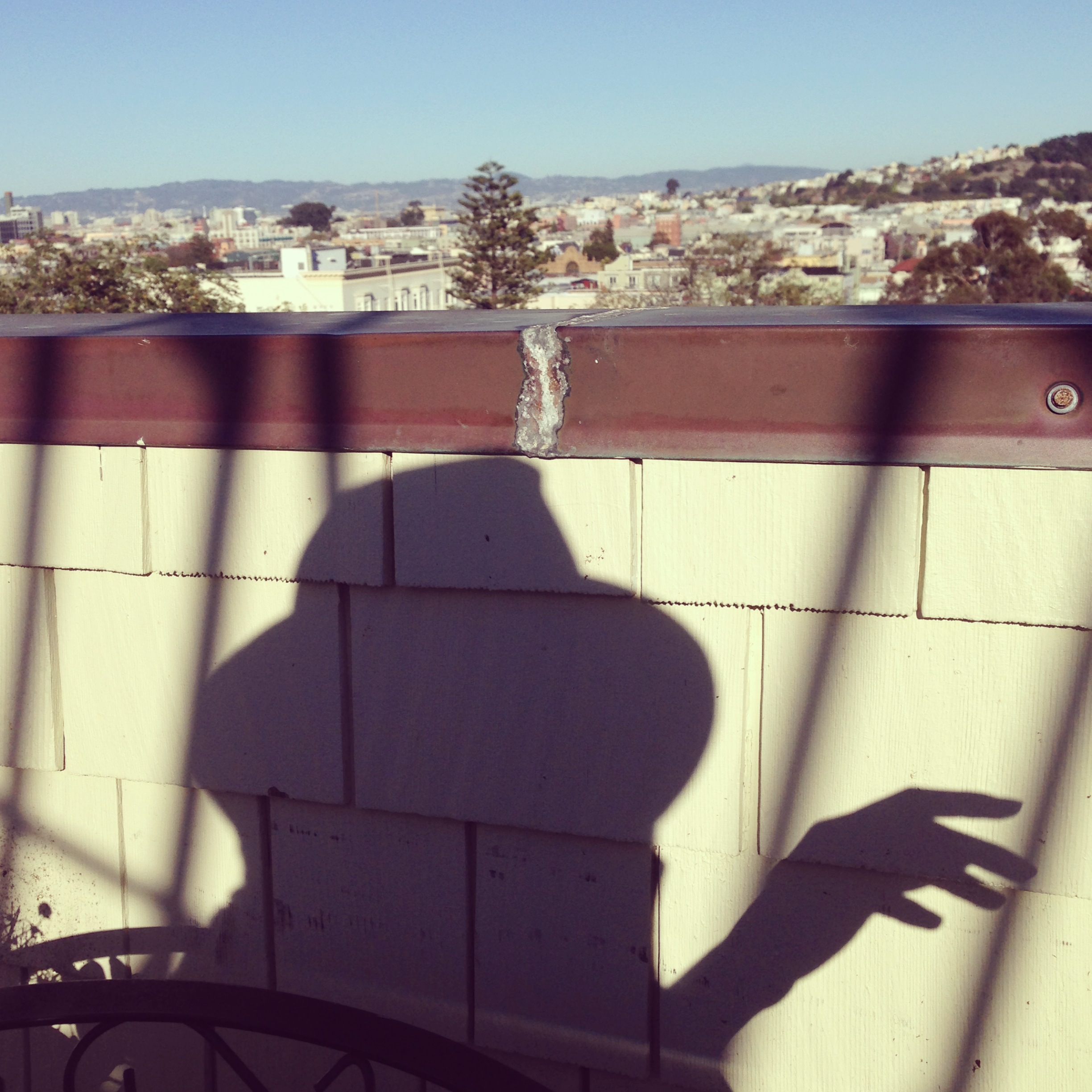
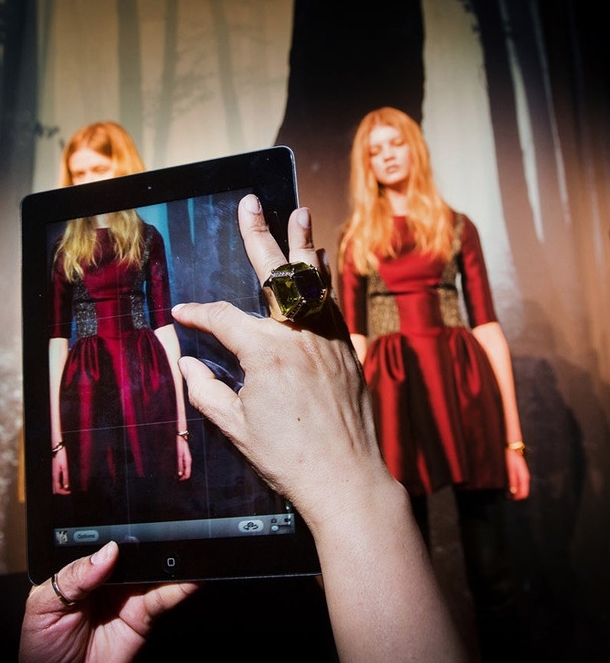

INSPIRATION
Olafur Eliasson is one of the contemporary artists that is influencing my thought and artistic practice the most. His multi-disciplinary craft explores time, space, light and perception through art installations and digital provocations.
In this piece, he uses simple hand gestures to make us realize how the perfect symmetry of our hands can symbolize our interconnectedness. The pieces makes us ‘see ourselves sensing, and to sense ourselves seeing’. (Read more about what I mean by this). .
All of it employing shifting frames of reference that are shared with science, psychology and architecture. In this growing body of “objectless” works, experience and perception, rather than a supposedly unmediated thing-in-itself, have become Eliasson’s elusive subject, says Chris Gilbert in this great interview with the artist, in BOMB Magazine.


